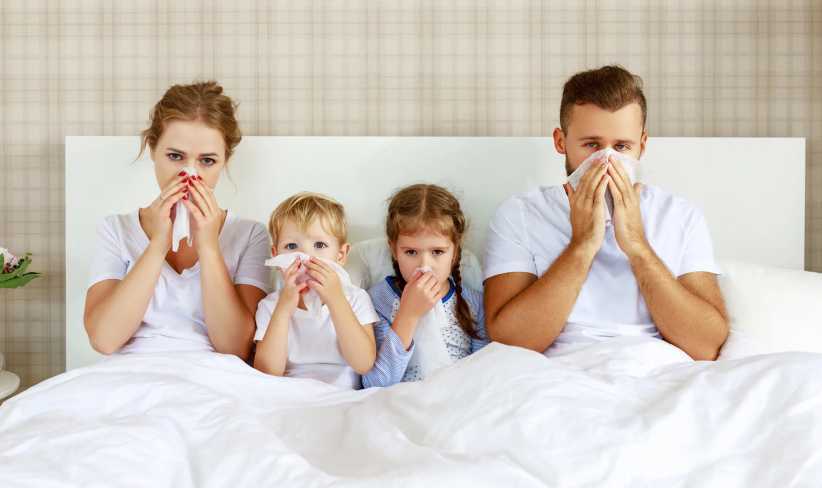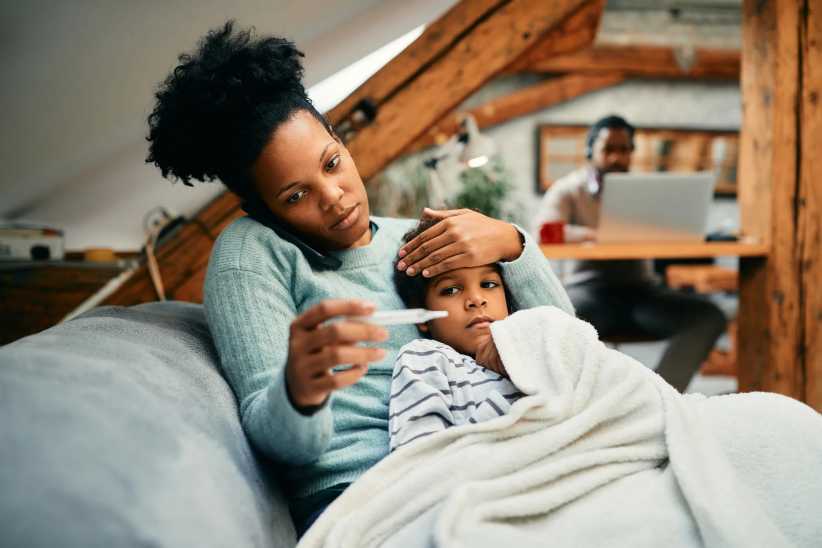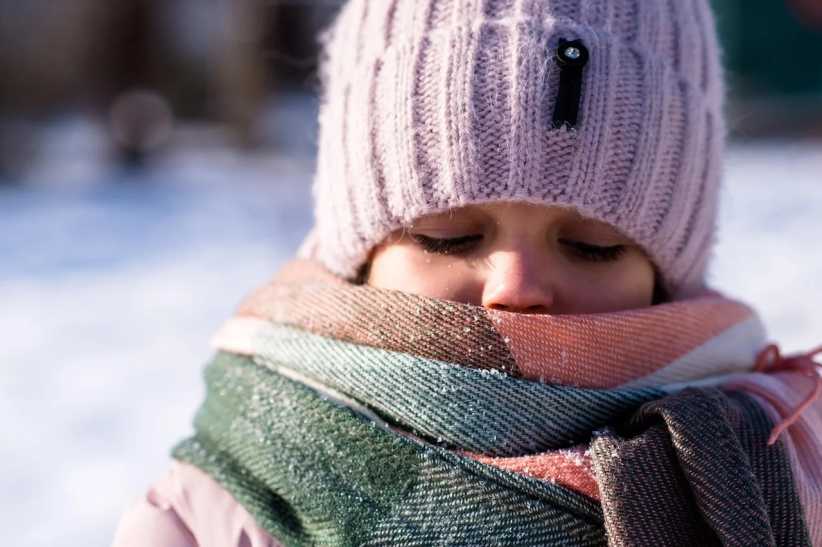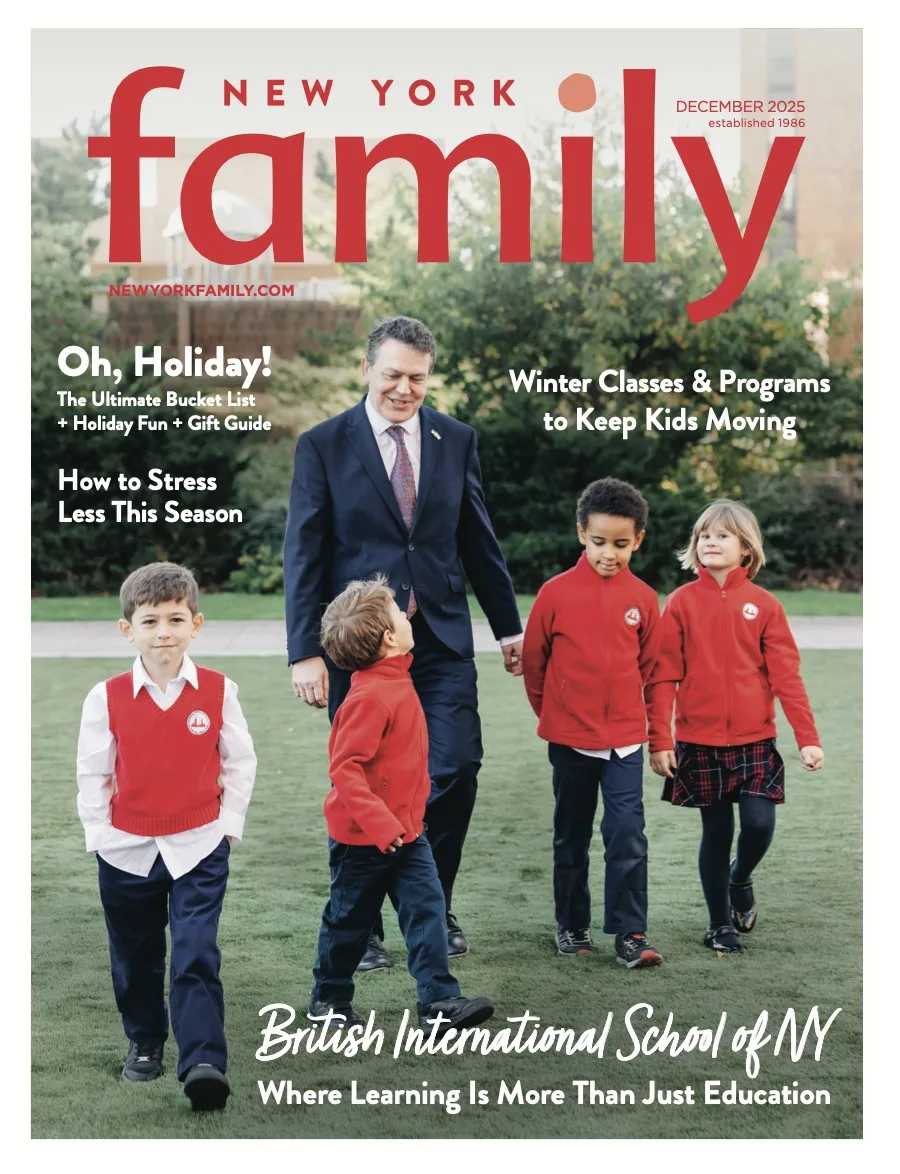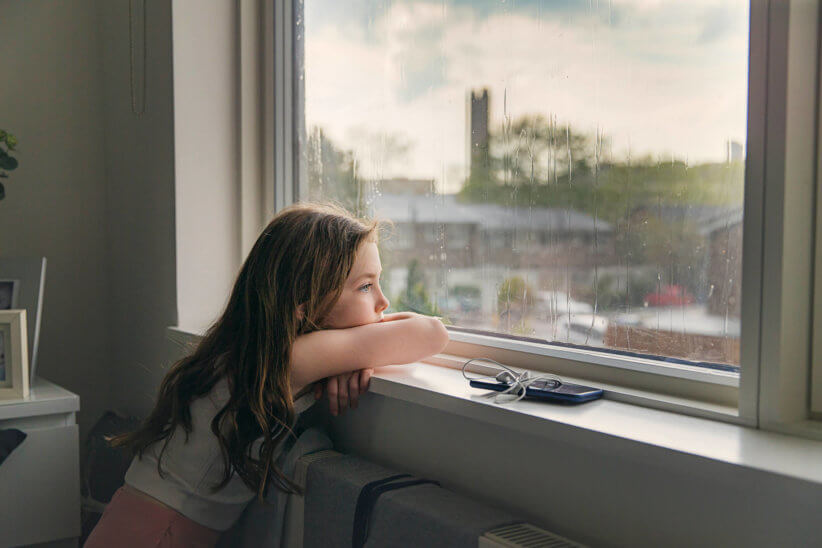
Tips on How Kids Can Transition Back to Being Social
The tantrums have been one for the books, in between remote classes or after a long day of Zoom — out of the blue; my eleven-year-old, who hasn’t had meltdowns since toddlerhood, displays emotional highs and lows. When the kids are finally around other kids, while joyous, it can also go from zero to 60 over the simplest things.
And the parents. I have seen outbursts and have been on the receiving end of a fellow parent’s outburst, while both sides wondering afterward WTF just happened?! It is as if we have all been stuck in the same house for a year. Ahhh, yes, that is it, we have been in the same place for over a year. And now, as we slowly make our way back outside in the world, how can parents get their kids (and ourselves) back to socializing courteously and respectfully?
Psst…check out the COVID-19 Vaccine for Kids Update: Moderna Begins Study With Young Children
I touched base with Dr. Christina Johns, Senior Medical Advisor for PM Pediatrics, with tips on how kids can transition back to being social?
Has quarantine affected kids’ development?
While I think pediatricians and parents alike are very concerned that social development has been delayed because of isolation, the reality is that kids are pretty resilient, so we’re hopeful they will bounce back once we emerge from the pandemic. That said, we currently don’t have enough long-term data to determine what developmental effects the pandemic will have on children, and we will be following that very closely in the years to come. Pediatricians are concerned because there is some data that suggests learning has slowed down, but the evidence-based answer is that we don’t know for sure yet.
Kids have either been glued to a tablet or have had limited time with friends; as NY slowly re-opens, how can they transition into being social again?
My recommendation to parents is to ease in slowly. I wouldn’t recommend that kids who haven’t had social time go to a sleepover right away, for example. Instead, it’s a gradual transition. I suggest shorter playdates and one-on-one time to start, all the while reminding children to respect their peers’ physical space. Before getting back to socializing, bring up the discussion of sharing depending on the child’s age. I also suggest reminding them of other general social norms, like manners and respect. It’s ultimately about easing in and gradually expanding from there. Always remember to be smart with outdoor playdates, structured playdates with activities to provide a format to help kids socialize easier.
How can a kid deal with misunderstanding and hurt feelings once they start having more face-to-face time? I see this more than ever with my oldest when he is on Zoom with friends, and one hangs up or loses their temper easily.
Role-modeling, the behavior you want to see in your child, is key. I also suggest scripting. In other words, talk to your child about how to navigate these kinds of situations before they actually happen, and you can arm them with strategies. I also recommend you ‘name the feelings’. Teach your child to say “you seem upset right now” to a peer, for example. Once it’s named and kids have a shared understanding of the situation, they can go ahead and try to resolve it. It doesn’t make sense, for example, to have a child apologize if they don’t know what they’re apologizing for because that may not be appropriate in the setting and doesn’t teach the strategies for conflict resolution for the future.
What can a parent do if their child seems anxious or depressed as they get back to just being a kid but with all that it comes with (peer pressure, competitiveness, etc.)?
I would encourage parents to make sure they know what the truly concerning signs of depression and anxiety are in order to determine when it’s time to speak to a pediatric physician for help. Those signs can manifest in a child getting so anxious that they can’t get through their activities of daily life, their sleep schedule seems to be thrown off, they are completely disengaged, grades are dropping, etc. Those are real signs depression and anxiety have taken over, and that is the time to actively seek care. It’s a great idea to start with a pediatric healthcare professional as they can often help to screen the child and give you the best guidance on the next steps. If you don’t feel like your child is exhibiting any of these truly concerning behaviors, but they seem anxious, starting to slowly ease back into normal life may be the best way to move forward. People so badly want to resume pre-pandemic activities right away; however, any kind of expectation that getting back to that in the immediate will lead to disappointment. As a parent, setting up some small successes for a child can help them regain confidence, so they are less anxious about various situations going forward.
As for parents, how do we set good examples for our kids?
We practice what we preach. One thing that I encourage parents to keep in mind is the idea of balance. Try your best as a parent to set boundaries for yourself and do something that’s actually engaging and social during the day. If you’ve been working all day, sitting in front of a screen, give yourself a break and go outside to chat with a neighbor. And, bring your child with you. If you start engaging in safe, social activities together, your child is more likely to pick that up and do it independently.
Dr. Christina Johns is the Senior Medical Advisor and Vice President of Communications for PM Pediatrics, where she provides evidence-based pediatric expertise for patients and families everywhere. A pediatric emergency physician and medical leader, Dr. Johns is board certified in both pediatrics and pediatric emergency medicine.
Dr. Johns has contributed to Good Morning America, been featured as a medical expert on CNN and Discovery Health shows, hosted Clear Channel Radio’s medical talk show, Doctors Call, and served as a spokesperson for SafeKids Worldwide on behalf of child advocacy on Capitol Hill.
Dr. Johns is a mom of two, a son and a daughter, and resides with her family and their two dogs in Annapolis, MD. Visit Dr. Christina’s blog, Dear Dr. Christina, and on Instagram @deardrchristina, Twitter @DrCJohns, and Facebook @Dr. Christina Johns.

